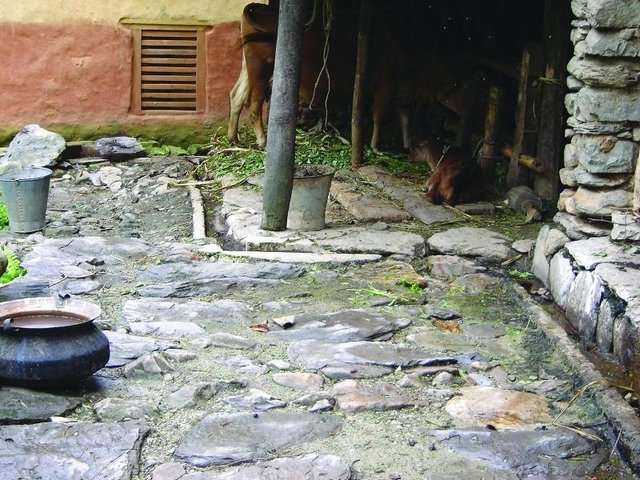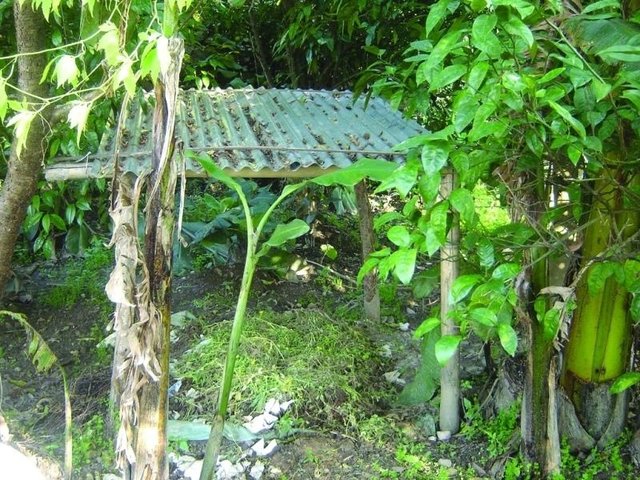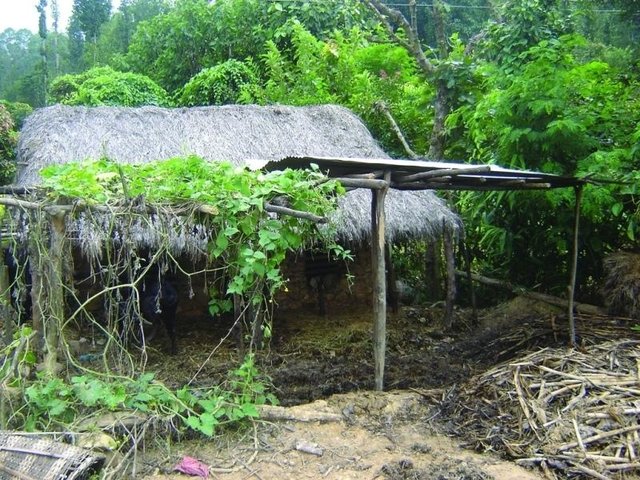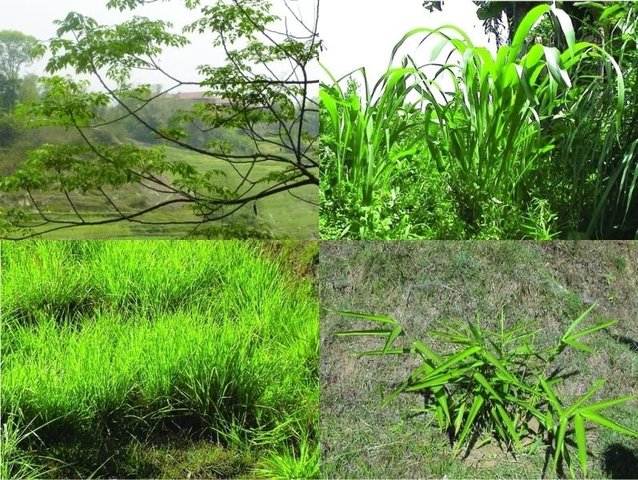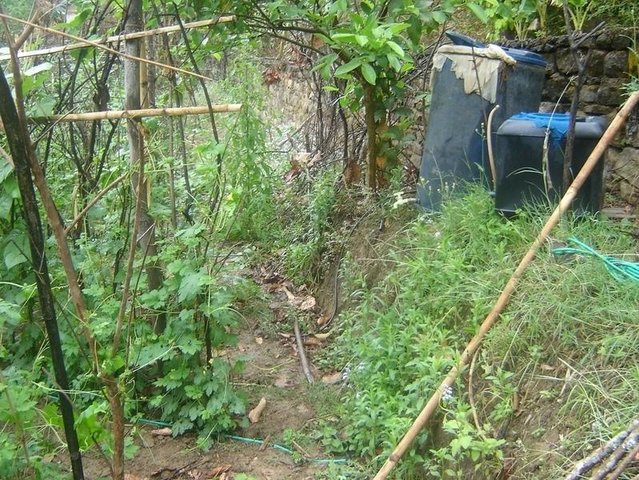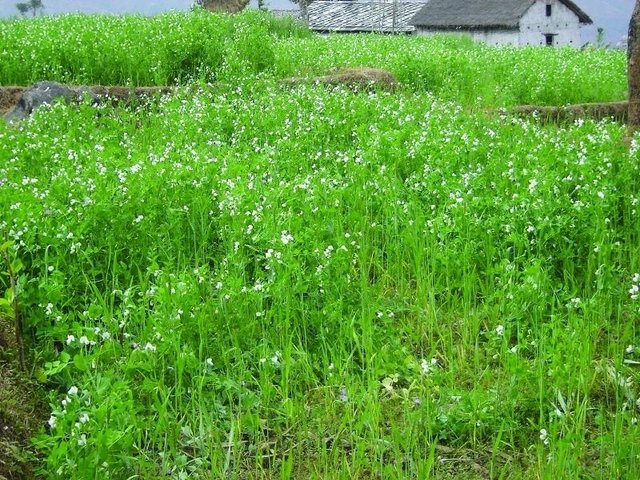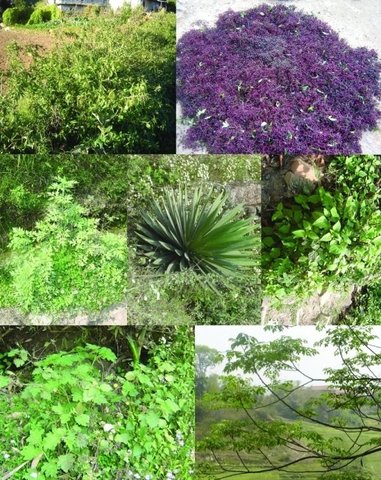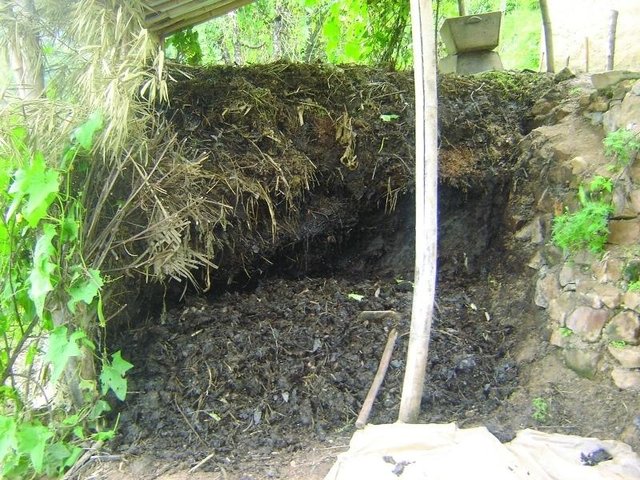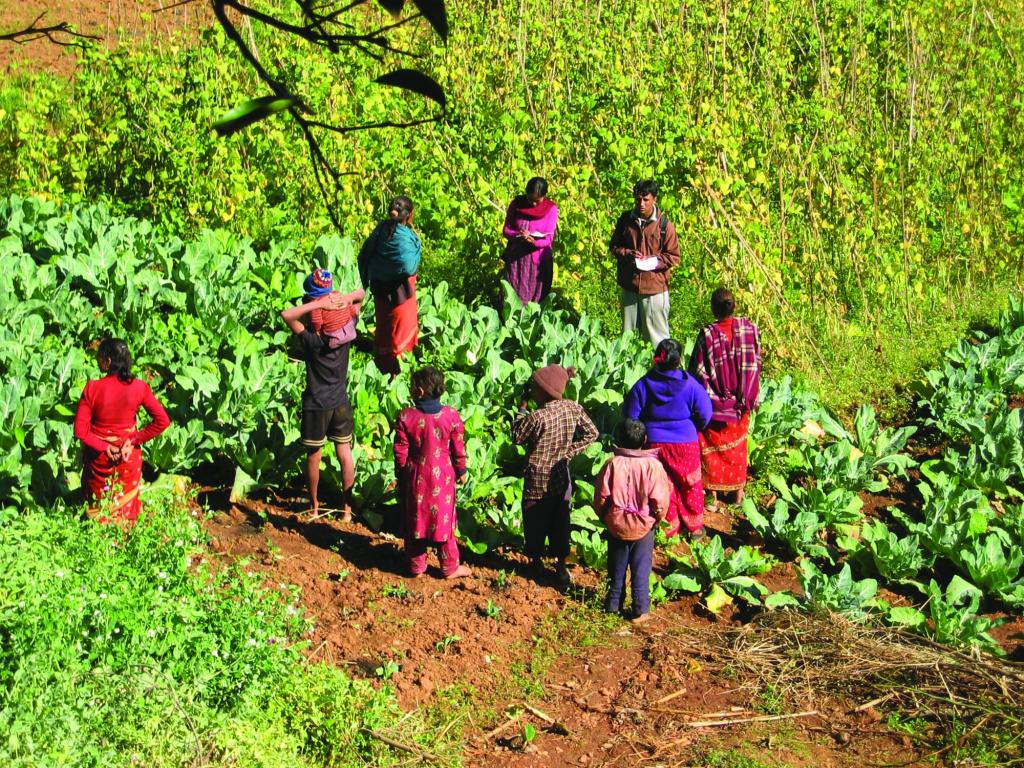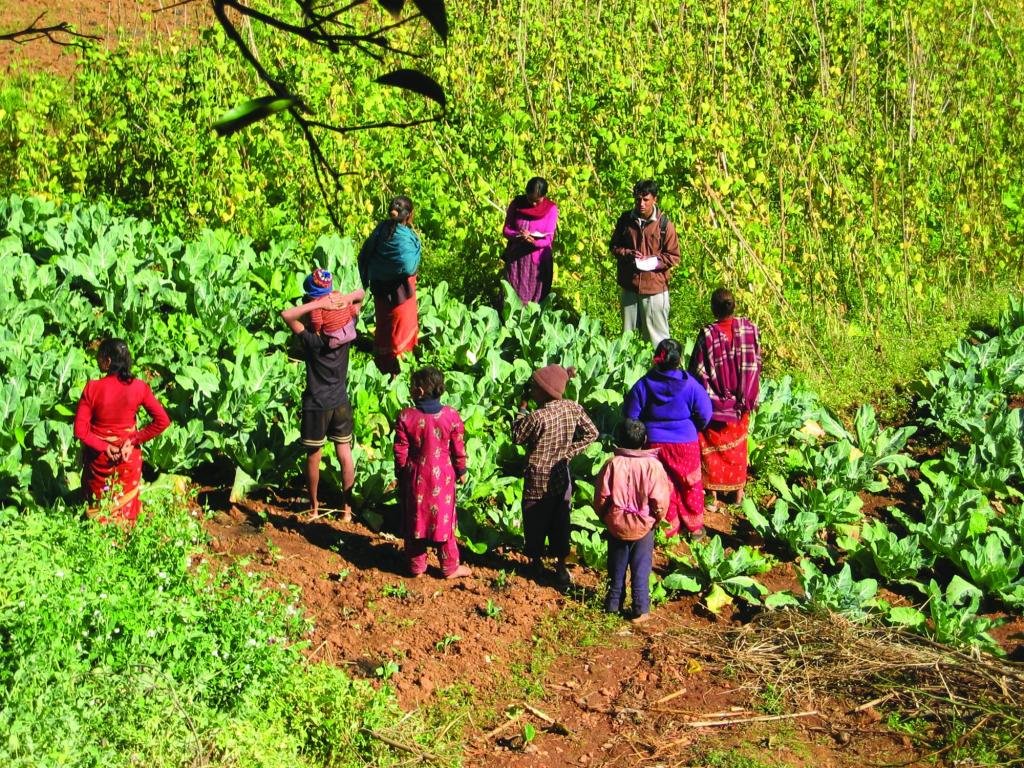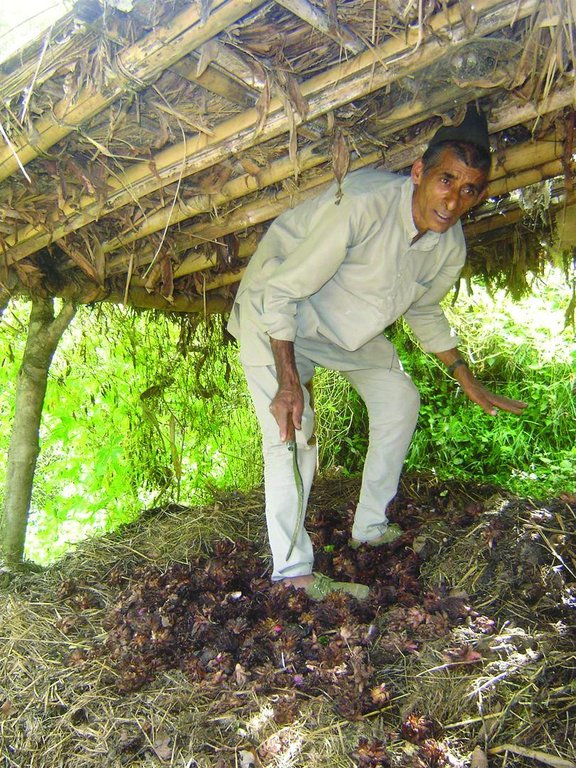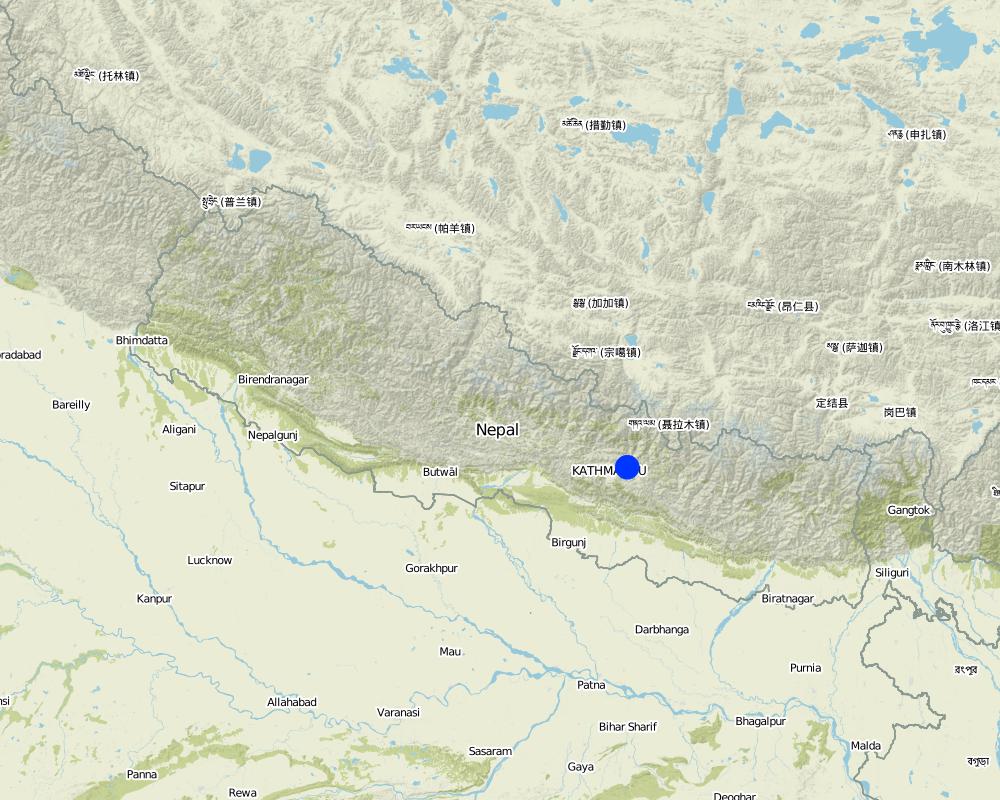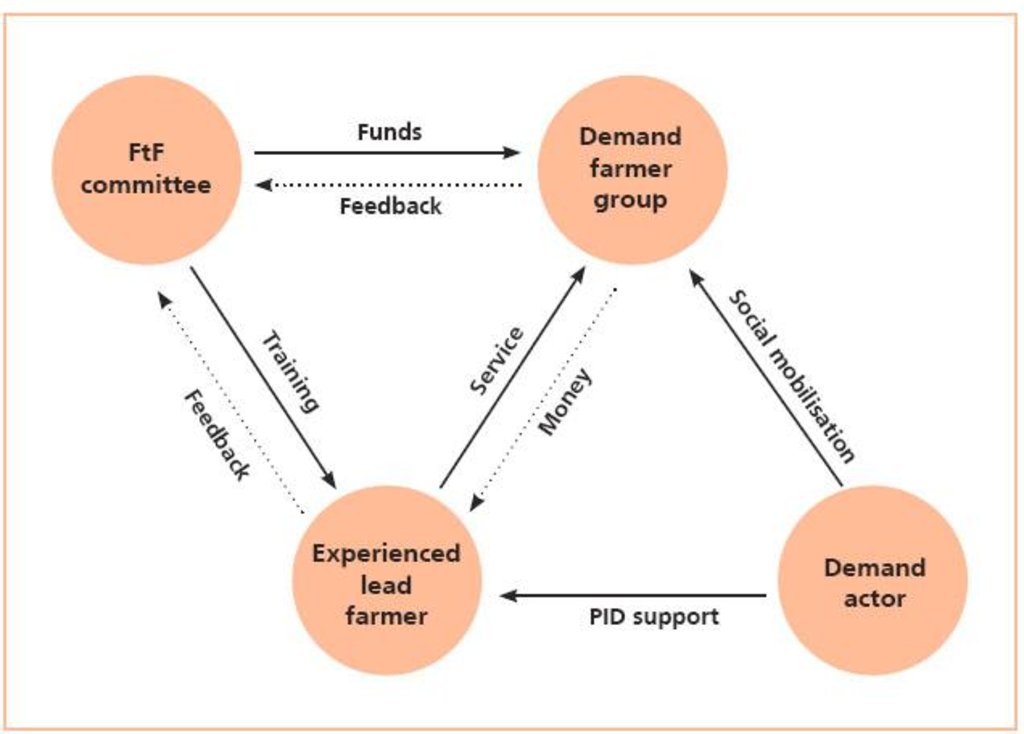2.1 该方法的简要说明
Wider diffusion of sustainable soil management technologies through a demand responsive farmer-to-farmer diffusion approach
2.2 该方法的详细说明
该方法的详细说明:
The Sustainable Soil Management Programme (SSMP) is spreading knowledge about sustainable soil management technologies through farmer organisations and government and non-government partners. These collaborating institutions are working closely with lead farmers in training and technology testing. These farmers in turn work in close collaboration with their local groups. Although this approach is successfully diffusing new technologies from lead to group farmers, and on to nearby farmers, it remains a big challenge to diffuse the technologies further to the wider community.
To increase the spread of the technologies, SSMP pilot tested farmer-to-farmer (FtF) diffusion in eight midhills districts in 2002, later expanding to an additional five districts. Firstly, district based FtF extension committees were formed. Their major function is to select and train experienced lead farmers (ELF); to identify demand farmer groups; to facilitate contact and agreements between ELFs and demand farmer groups; to assess these agreements; to approve and channel funds to accepted proposals, and to monitor and evaluate the services provided. The demand farmer groups both propose the training events and select which of the currently 500 ELFs they want to lead their training. Demand farmer groups may be any group of farmers. Their proposals need to be recommended by a ‘demand actor’ such as a non-government or government organisation, a local authority, or a development project. Once a demand proposal is approved, the FtF extension committee provides funds to the demand group to pay the ELF and the other costs of the training.
Experienced lead farmers play a pivotal role in this process. They are generally progressive farmers with long farming experience who have good leadership and communication skills, are motivated to bring about change, and are interested in serving disadvantaged groups. They are trained on sustainable soil management technologies to enable them to provide training and follow-up to farmers groups outside the areas of collaborating institutions and to disseminate technologies which have proven to be appropriate and successful under local conditions.
2.3 该方法的照片
2.5 采用该方法的国家/地区/地点
2.7 方法的类型
2.8 该方法的主要目的/目标
The aims are to provide agricultural extension services with a particular focus on sustainable soil management, to build up an extension system that is functional outside of central government structures, to achieve sustainable learning from local farmer to local farmer and to deliver cost effective service.
The SLM Approach addressed the following problems: The Nepal government's agricultural extension system was widely dysfunctional during the recent conflict (1996-2006). Many agricultural service centres were disbanded and were therefore unable to provide essential services to local farmers. Many farmers, especially in the remoter areas, had nowhere to turn for technical help with their agronomic problems, often resulting in lower yields and less income.
2.9 推动或妨碍实施本办法所适用的技术的条件
财务资源和服务的可用性/可得性
Lack of money for technical support
Treatment through the SLM Approach: Reliance on local human resources
机构设置
Dysfunctional government extension services
Treatment through the SLM Approach: Farmer-to-farmer exchange and learning
了解SLM,获得技术支持
Soil fertility decline and soil degradation
Treatment through the SLM Approach: Sustainable soil management technologies
